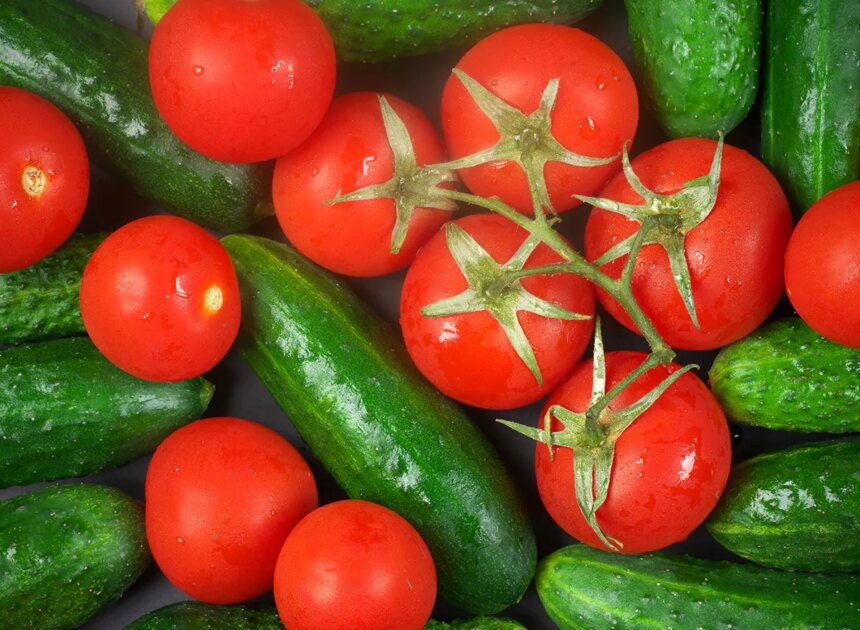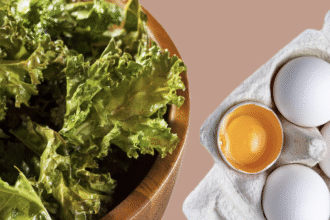Recently, two significant salmonella outbreaks have captured headlines. On May 28, the U.S. Food and Drug Administration announced a Class I tomato recall affecting three states, indicating serious health risks, including potential adverse health consequences or even death. Additionally, a salmonella outbreak linked to a cucumber producer in Florida has led to 45 reported illnesses across 18 states. Dr. Arjun Venkatesh, chair of emergency medicine at the Yale School of Medicine, noted, “Salmonella infections are frequently seen in emergency departments due to contaminated food, as well as through notable outbreaks like those arising from tainted tomatoes and cucumbers.” He emphasizes the importance of public health measures in safeguarding against foodborne illnesses stemming from both restaurant and grocery store foods. Here are key symptoms to watch for:
Diarrhea

Diarrhea is often one of the first signs of food poisoning. Symptoms can vary from “watery” to potentially bloody or mucous-laden stools, as explained by Dr. Venkatesh. If you experience blood in your stool, it’s crucial to consult a doctor immediately.
Cramps

Another prevalent symptom of salmonella infection is abdominal cramps. Dr. Venkatesh mentions that gastrointestinal issues, including severe stomach cramps, are commonly reported. The CDC concurs, stating that most individuals with the infection endure “severe stomach cramps.”
Nausea

Nausea can manifest quite early during a salmonella food poisoning episode. Dr. Venkatesh notes that individuals may suddenly experience nausea two to four hours post-meal.
Vomiting

Vomiting is a hallmark symptom of food poisoning and can persist for some time, as indicated by Dr. Venkatesh. The CDC advises contacting a doctor if vomiting continues for more than two days.
Loss of Appetite

A decreased appetite is another potential indicator of salmonella. As Dr. Venkatesh points out, you might find yourself disinterested in food for hours or even days following the infection. It’s also important to recognize signs of dehydration, particularly if vomiting or diarrhea occurs. Staying hydrated is crucial in such cases.
When to See a Doctor

It’s essential to seek medical attention if you are experiencing concerning symptoms. Dr. Venkatesh recommends visiting a doctor or heading to the emergency department if your symptoms are severe or not improving. For a more comprehensive look at symptoms, check the CDC website.
How to Protect Yourself from Salmonella Infection

Dr. Venkatesh offers the following suggestions for safeguarding against salmonella:
- Consider growing your own vegetables during the summer months.
- Always wash fruits and vegetables thoroughly before consumption—run cool water over them and scrub the skin to eliminate residues.
- Stay updated on food recalls and refrain from consuming affected products.
- Choose restaurants known for their cleanliness and good ratings.
Frequently Asked Questions
- What should I do if I suspect I have salmonella?
- If you suspect a salmonella infection, consult a doctor, especially if symptoms are severe or persistent.
- Can salmonella be treated at home?
- While mild cases can sometimes be managed at home with hydration, severe cases may require medical attention.
- How can I prevent salmonella infection?
- Practice good hygiene, wash produce thoroughly, and be cautious with food recalls, and avoid undercooked foods.
- What foods are commonly associated with salmonella?
- Common sources include undercooked poultry, eggs, and contaminated fresh produce.
- Are symptoms of salmonella the same for everyone?
- Symptoms can vary by individual and may range from mild to severe.






